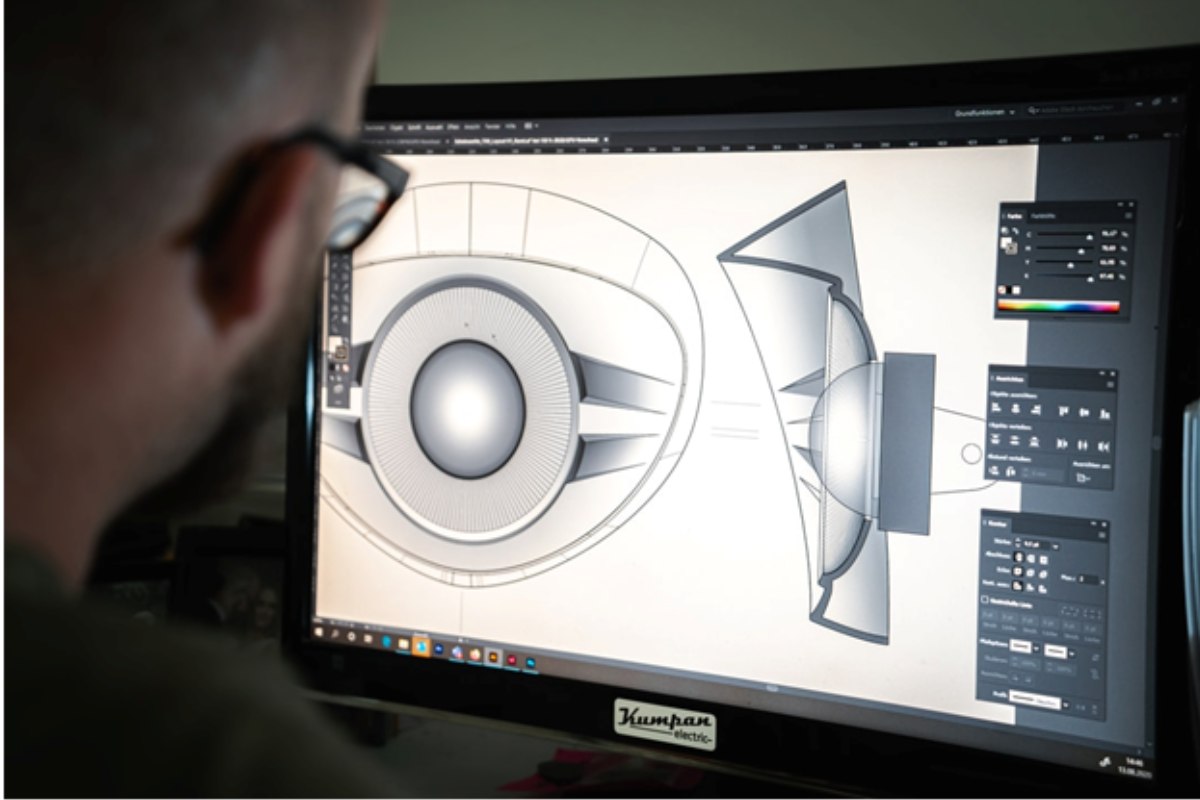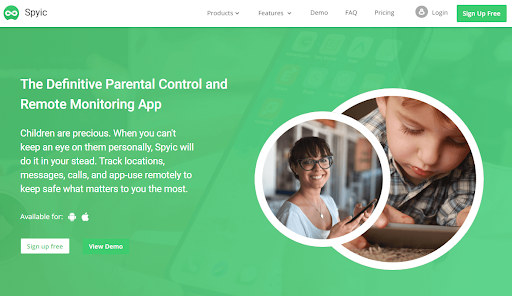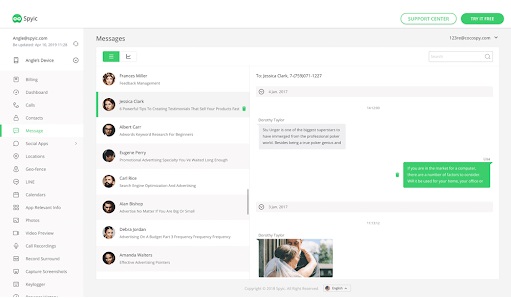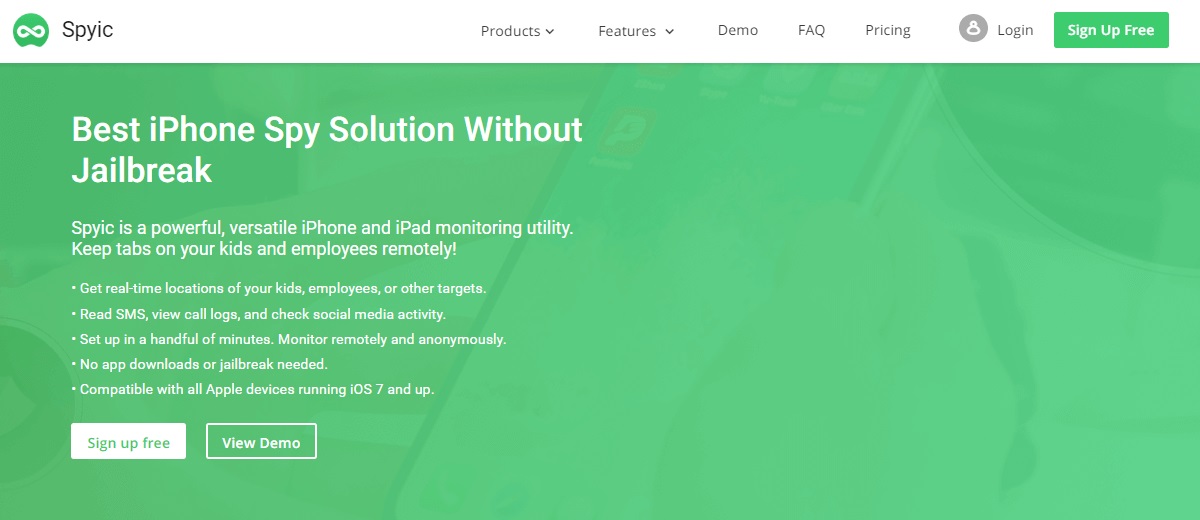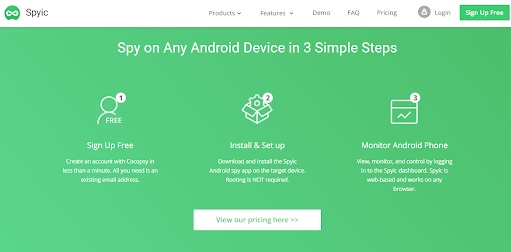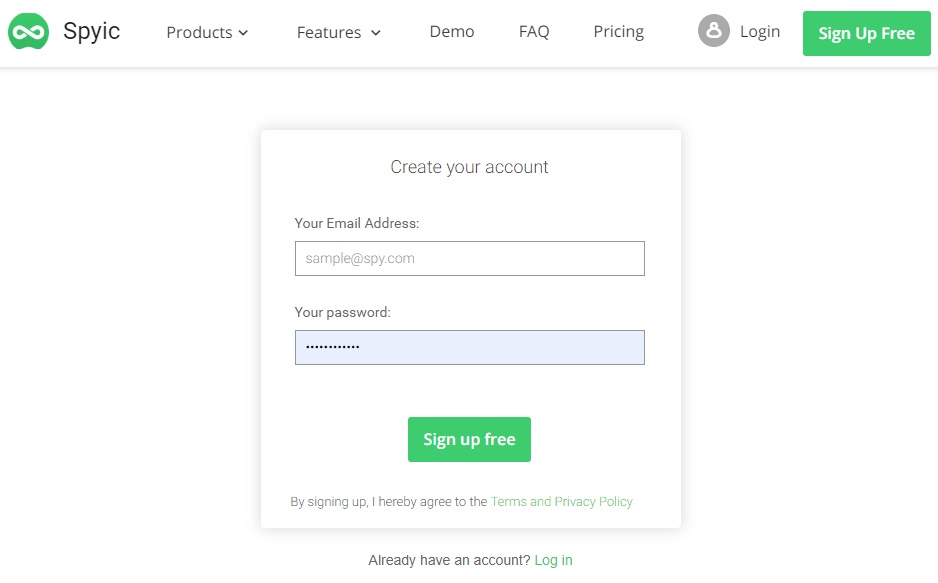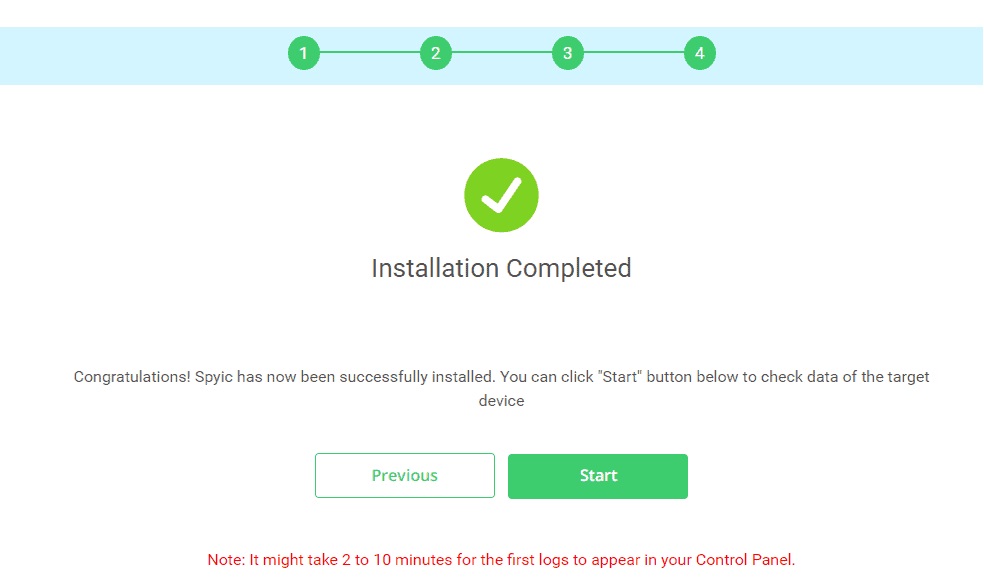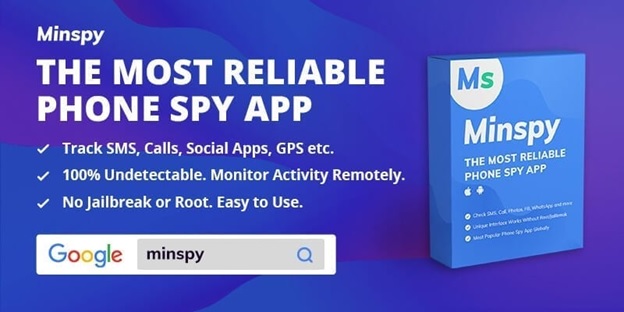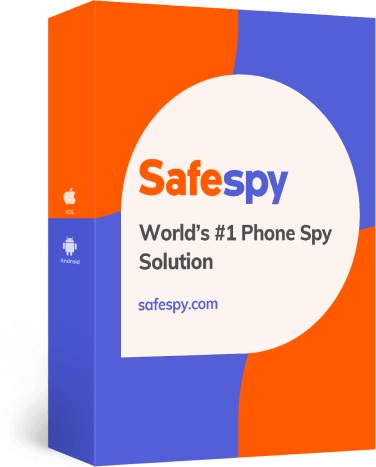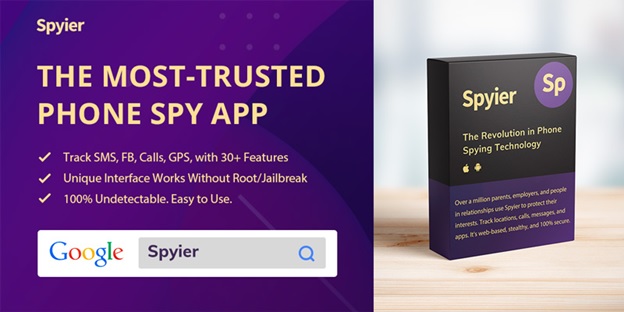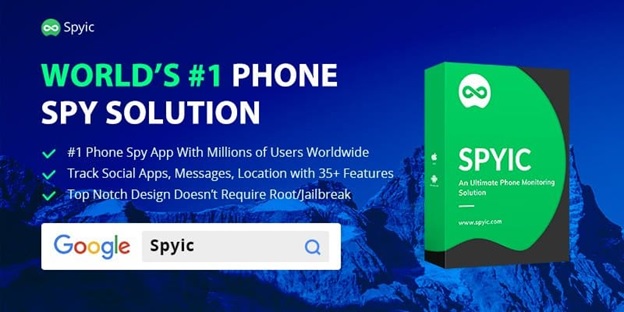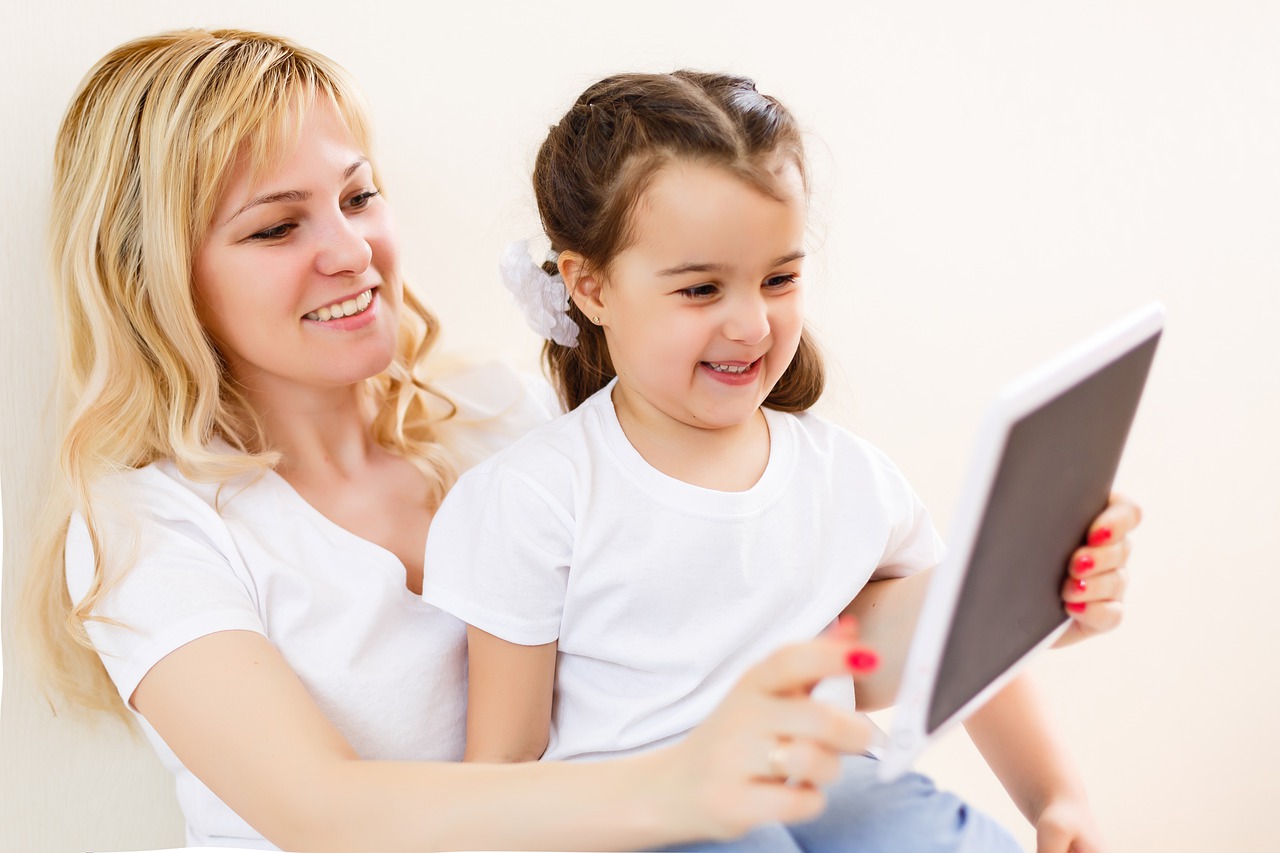We are at a high point in human and societal development, and that’s due in large part to the many advanced technologies that have hit the markets in recent decades. Nowadays, computers, robots, and other machines are performing functions that we used to think only humans can perform.
This latest technological boom is all about making technology smarter and more autonomous. Continue reading to learn about Industry 4.0 and the technologies that are shaping it.
Table of Contents
Industry 4.0 Meaning
There’s been a lot of talk about Industry 4.0 in recent years, and for plenty of great reasons. Industry 4.0 is the name given by tech industry leaders to the Fourth Industrial Revolution. The First Industrial Revolution introduced the use of steam power for mechanical purposes, and the Second Industrial Revolution brought us electrically powered factories and the advent of production lines.
The Third Industrial Revolution laid the foundation for the Fourth Industrial Revolution as it brought us the internet and the digitization of many business and manufacturing processes. One simple way to put explain this would be to say that Industry 4.0 is like the Third Industrial Revolution all grown up. Now, we’ll cover some of the most key Industry 4.0 technologies and how they’re changing the world in which we live.
Big Data/Analytics

Of the many advanced technologies that have come from Industry 4.0, big data/analytics might be the most exciting and key technologies. The impact of data analytics is so far-reaching that use cases range from professional sports to law enforcement, the financial markets, and beyond.
Data analytics has taken on a life of its own as enterprises all over the United States and the world vie for market supremacy. Predictive analytics is arguably the most promising of the different types of analytics because it gives companies a way to forecast future events by using historical and real-time data to recognize patterns and tabulate probabilities.technology also has printers, printer for home.
Insurance companies use predictive analytics to determine the risk of ensuring specific applicants and law enforcement agencies across the U.S. use it to predict the direction of crime sprees. Enterprises also make great use of predictive analytics to forecast demand changes and future market events. One might even say that big data is the one Industry 4.0 technology on which the hopes of all others rests.
Cyber-Physical Systems
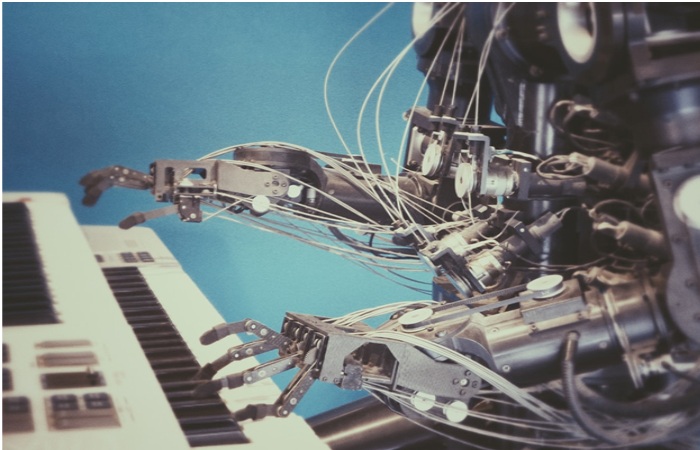
Artificial intelligence and automation might be the brainchildren of the Third Industrial Revolution, but their true potential has been realized as part of Industry 4.0. Cyber-Physical systems have the ability to perform physical tasks without human intervention. How is this possible? Cyber-physical systems use machine learning algorithms and connectivity to web and cloud applications.
Cyber-physical systems have completely revolutionized the manufacturing process by enabling companies to develop more products in a shorter time and at a lower cost. Machine communication allows robots and other machines to communicate with each other and even alter operations to optimize efficiency without human intervention.
Additive Manufacturing
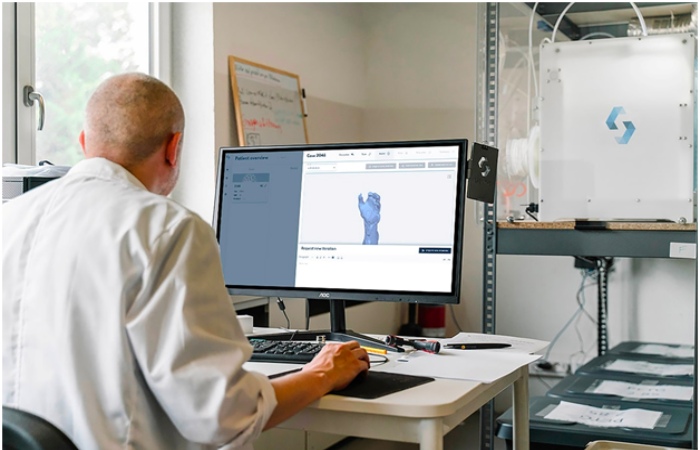
Additive manufacturing has been one of the most exciting technological advancements for manufacturers and hobbyists alike. More commonly known as 3D printing, additive manufacturing has gone from being a way to create a quick prototype of a product to become a viable way of making difficult shapes and intricate yet durable structural components. Technology users input their design principles into a computer and the printer does the work of bringing the design from your imagination into the real world.
How wonderful it is to be smack dab in the middle of the Fourth Industrial Revolution. Digital technology has come farther than many of the sages in the tech industry could have predicted a few decades ago.
With technology that provides valuable business insights, advanced communication technology, and smart factory technology that optimizes the manufacturing process, the Fourth Industrial Revolution by far the most impactful. The most exciting part is that there’s new technology is hitting the market every day. Who knows what’s in store for the future? After all, this current industrial revolution is only getting started.

